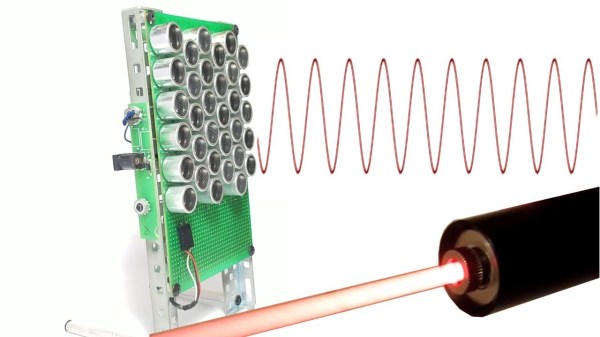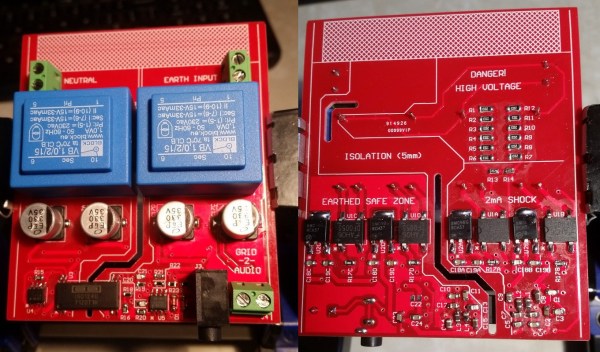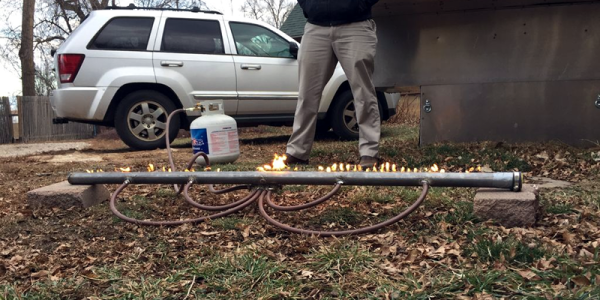[Maurin Donneaud] has clearly put a lot of work into making a large flexible touch sensitive cloth, providing a clean and intuitive interface, and putting it out there for anyone to integrate into their own project.. This pressure sensing fabric is touted as an electronic musical interface, but if you only think about controlling music, you are limiting yourself. You could teach AI to land a ‘copter more evenly, detect sparring/larping strikes in armor, protect athletes by integrating it into padding, or measure tension points in your golf swing, just to name a few in sixty seconds’ writers brainstorming. This homemade e-textile measures three dimensions, and you can build it yourself with conductive thread, conductive fabric, and piezoresistive fabric. If you were intimidated by the idea before, there is no longer a reason to hold back.
The idea is not new and we have seen some neat iterations but this one conjures ideas a mile (kilometer) a minute. Watching the wireframe interface reminds us of black-hole simulations in space-time, but these ones are much more terrestrial and responding in real-time. Most importantly they show consistent results when stacks of coins are placed across the surface. Like most others out there, this is a sandwich where the slices of bread are ordinary fabric and piezoresistive material and the cold cuts are conductive strips arranged in a grid. [Maurin] designed a custom PCB which makes a handy adapter between a Teensy and houses a resistor network to know which grid line is getting pressed.
If you don’t need flexible touch surfaces, we can help you there too.


















